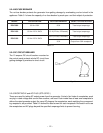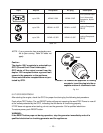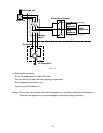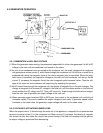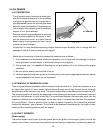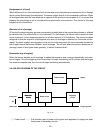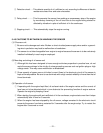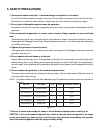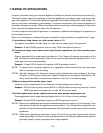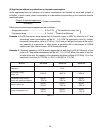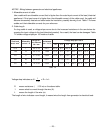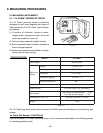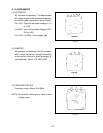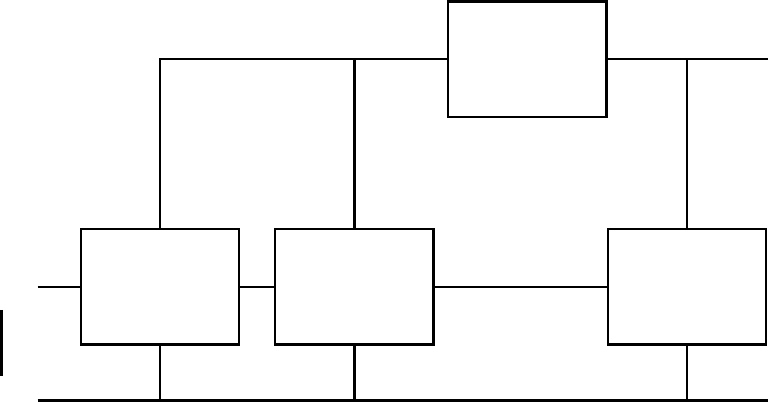
-
20
-
[Judgement of oil level]
When sufficient oil is in the crankcase, both of inner and outer electrodes are immersed in the oil through
which current flows across the electrodes. The sensor judges that oil in the crankcase is sufficient. When
oil level goes down and the inner electrode is exposed to the air due to consumption of oil, no current flow
between the electrodes as air is considered to be electrically nonconductive. The sensor in this case
judges that oil is insufficient.
[Decision of oil shortage]
Oil level at the electrodes may go down momentarily probably due to the engine being slanted or affected
by vibration even if a sufficient oil is in the crankcase. For that reason, the sensor has an electronic timer
circuit to prevent it from interpreting as short of oil when amount of oil is sufficient. The sensor has been
designed so that the engine is to be stopped only when oil-shortage is detected for 5 seconds uninter-
rupted. The timer employs an integration circuit and it is to be reset when the inner electrode is soaked in
the oil again before the sensor decides it as oil-shortage. The oil level where the sensor decides as oil-
shortage, when oil level goes down gradually, is called “threshold level”.
[Automatic stop of engine]
When the sensor decides as oil-shortage, it makes the engine to stop running automatically for protec-
tion of engine. Once the stopping circuit is activated, it keeps functioning until it confirms that the engine
has made a complete stop, then the circuit stops functioning automatically.
5-4-4 BLOCK DIAGRAM OF THE CIRCUIT
1 Power circuit ..........This rectifies a part of power to the igniter and regulates it to supply the stabi-
lized power to necessary circuits.
Inner pole
Outer pole Engine ground
Igniter
Oil
Detection
circuit
Detection
circuit
Deley circuit
Power circuit
Stopping
circuit
Fig. 5-16



